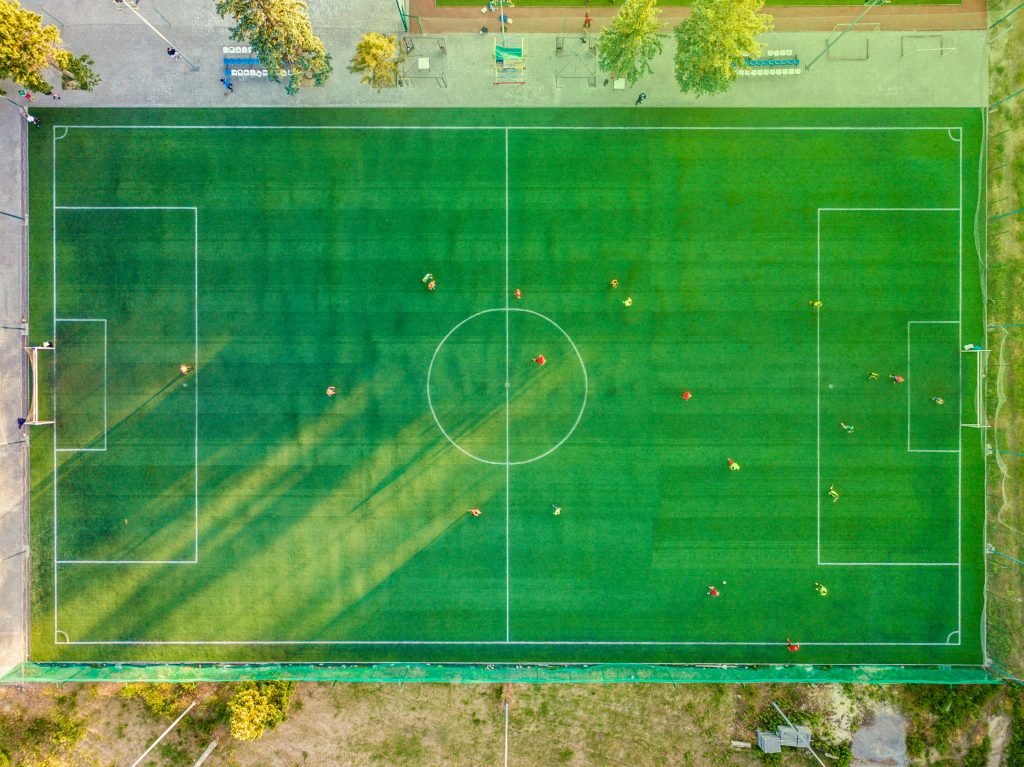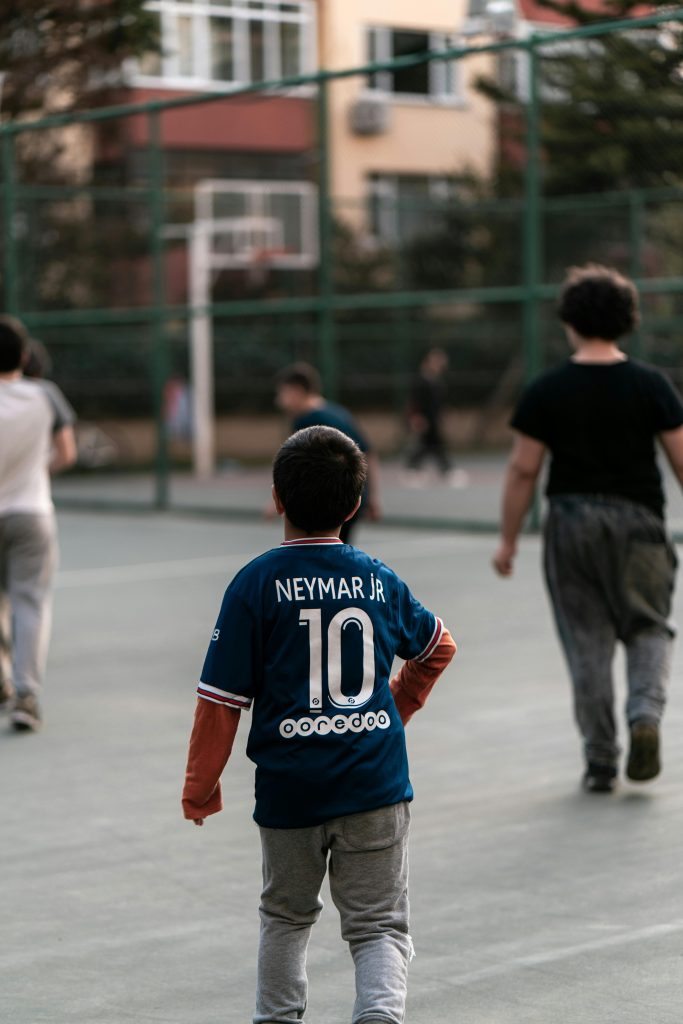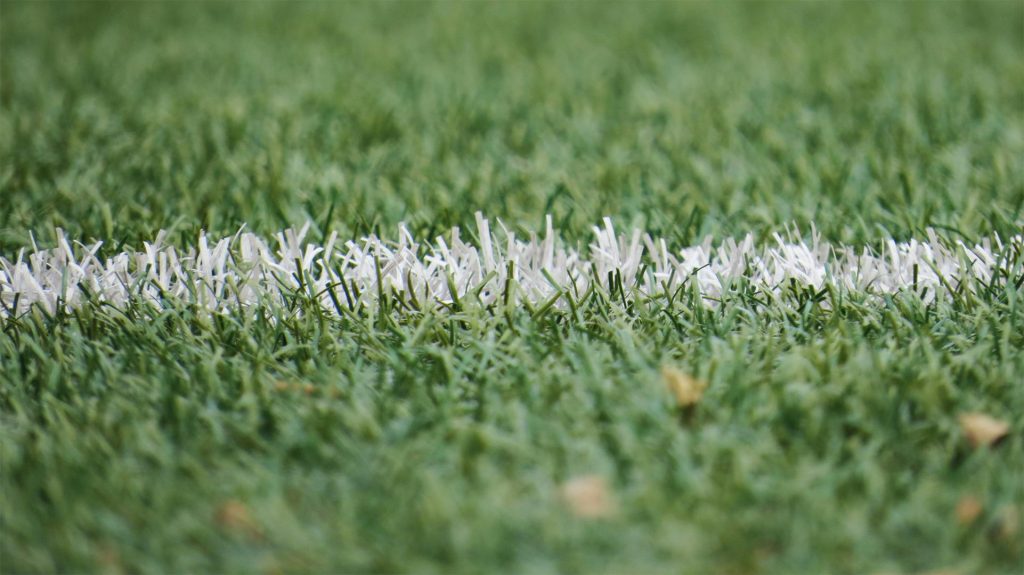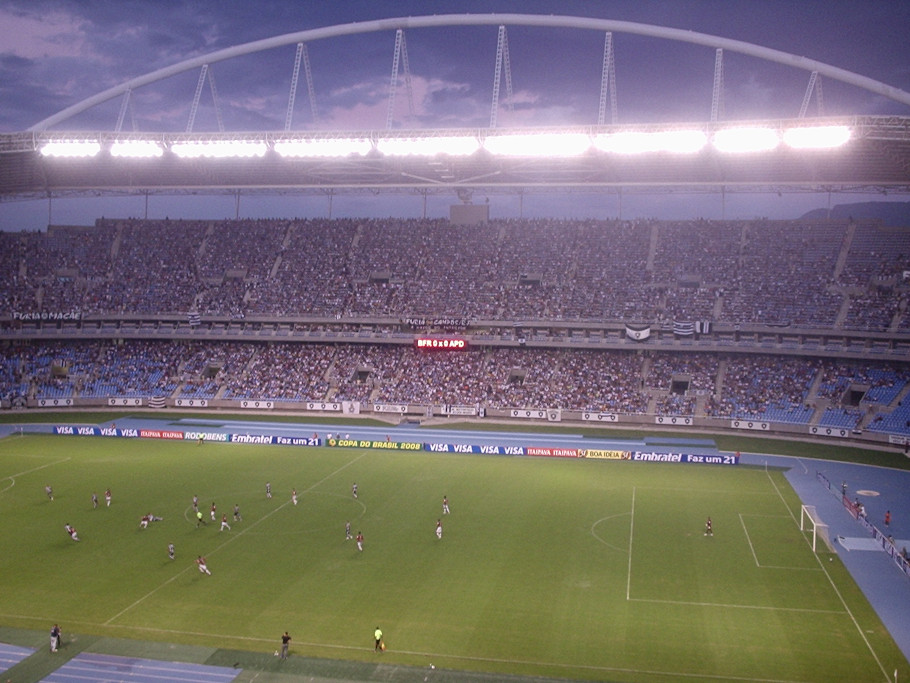The Ballon d’Or, awarded annually to the world’s best footballer, is one of the most prestigious individual accolades in the sport. Established in 1956 by France Football, it honors exceptional talent, performance, and achievements over the calendar year. While the winners bask in glory and admiration, the second-placed players often provide intriguing narratives of competition and near misses. This article explores the history of the Ballon d’Or, highlights notable winners, and delves into the stories of those who came close but finished second.
1956–1969: Early Years and the Rise of European Greats
The inaugural Ballon d’Or in 1956 went to Stanley Matthews of Blackpool and England, recognized for his exceptional dribbling and longevity in the game. Alfredo Di Stéfano, the Argentine-Spanish forward who starred for Real Madrid, finished second. Di Stéfano would later win the award in 1957 and 1959, reflecting his dominance in European football.
Throughout the late 1950s and 1960s, players like Raymond Kopa, Luis Suárez, and Eusebio emerged as top contenders. Kopa, a French midfielder, secured second place in 1957 and 1958 before winning in 1958. Luis Suárez, the Spanish forward (not to be confused with the Uruguayan striker of the same name), won in 1960 but finished second in 1961 and 1964. Eusebio, the legendary Portuguese forward, won in 1965 but also had second-place finishes in 1962 and 1966.
The decade was characterized by intense competition and the emergence of multiple footballing styles, from Kopa’s elegance to Eusebio’s powerful athleticism. The second-place finishers often found themselves overshadowed by the brilliance of their contemporaries but were nonetheless key figures in their own right.
1970–1989: The Age of Global Superstars
The 1970s saw the global expansion of football, with players from beyond Europe gaining recognition. Johan Cruyff, the Dutch maestro known for his vision and skill, won the Ballon d’Or in 1971, 1973, and 1974, while finishing second in 1975. His contemporary, Franz Beckenbauer, the German sweeper, won in 1972 and 1976 and finished second in 1974.
In 1977, Danish forward Allan Simonsen claimed the award, with Kevin Keegan of England finishing second. Keegan then won back-to-back Ballon d’Ors in 1978 and 1979. The early 1980s saw Karl-Heinz Rummenigge of Germany winning in 1980 and 1981, with Bernd Schuster, also of Germany, finishing second in 1980.
Michel Platini, the French playmaker, dominated the mid-1980s, winning three consecutive Ballon d’Ors from 1983 to 1985. Platini’s elegant playmaking and goal-scoring prowess set him apart, while players like Preben Elkjær (second in 1985) showcased their talents but fell short of the top spot.
The late 1980s introduced Marco van Basten, the Dutch striker who won in 1988 and 1989, with Ruud Gullit, his compatriot, finishing second in 1988. This period highlighted the rise of versatile forwards and playmakers who could influence games in multiple ways.
1990–2009: The Era of Tactical Mastery and Emerging Icons
The 1990s and early 2000s were marked by tactical evolution and the emergence of football icons. Lothar Matthäus of Germany won the Ballon d’Or in 1990, reflecting his versatility as a midfielder and defender. Jean-Pierre Papin of France finished second that year, having had a prolific goal-scoring season with Marseille.
Roberto Baggio, the Italian forward known for his technical skill and creativity, won the Ballon d’Or in 1993, with Dennis Bergkamp of the Netherlands finishing second. George Weah, the Liberian forward, became the first African player to win the Ballon d’Or in 1995, a groundbreaking achievement that also highlighted the talents of second-placed Jürgen Klinsmann of Germany.
The late 1990s saw the emergence of Ronaldo Nazário, the Brazilian phenomenon who won the Ballon d’Or in 1997 and 2002, with players like Zinedine Zidane (second in 1997) also making their mark. Zidane himself won the award in 1998, a year of French triumph at the World Cup, with Davor Šuker of Croatia finishing second.
The early 2000s were dominated by Ronaldinho of Brazil, who won in 2005, and Fabio Cannavaro of Italy, the only defender to win since Beckenbauer, in 2006. Thierry Henry of France, known for his speed and goal-scoring ability, finished second in both 2003 and 2006, reflecting his consistent excellence.
2010–Present: The Messi-Ronaldo Era and Beyond
The modern era of the Ballon d’Or has been defined by the unprecedented rivalry between Lionel Messi and Cristiano Ronaldo, two of the greatest players in the history of football. Messi, known for his dribbling, vision, and goal-scoring, has won the Ballon d’Or seven times (as of 2023), including his first in 2009. Ronaldo, celebrated for his athleticism, versatility, and finishing, has five Ballon d’Ors to his name.
Their dominance has been unparalleled, with Messi finishing second to Ronaldo in 2013, 2014, and 2016, while Ronaldo finished second to Messi in 2011, 2012, and 2015. Their rivalry pushed both to new heights, creating a golden era of football excellence.
Beyond Messi and Ronaldo, other notable winners include Luka Modrić of Croatia, who broke their duopoly by winning in 2018. Modrić’s win came after a stellar season with Real Madrid and a remarkable run to the World Cup final with Croatia. He edged out Ronaldo, who finished second that year.
Robert Lewandowski of Poland was widely considered a deserving winner in 2020, a year in which the award was canceled due to the COVID-19 pandemic. His consistent goal-scoring for Bayern Munich earned him the Ballon d’Or in 2021, with Lionel Messi finishing second. Karim Benzema, known for his goal-scoring and playmaking, won in 2022 after a standout season with Real Madrid, while Sadio Mané finished second, recognizing his contributions to Liverpool and Senegal.
The most recent winner, Lionel Messi, claimed his eighth Ballon d’Or in 2023, reflecting his longevity and impact in the sport. Erling Haaland of Norway finished second, representing the next generation of football talent with his prolific goal-scoring at Manchester City.
Conclusion
The Ballon d’Or not only celebrates individual brilliance but also offers a lens through which we can view the evolving landscape of football. The winners have left indelible marks on the sport, while the second-placed players, often equally talented, highlight the fierce competition and high standards at the top level. As football continues to evolve, the legacy of Ballon d’Or winners and their close contenders remains a testament to the enduring allure of the beautiful game.
- Neymar’s Return to Santos FC - January 29, 2025
- Manchester United and Manchester City: Challenges in the 2024-2025 Premier League Season - January 5, 2025
- Manchester City: The Downfall of a Modern Football Powerhouse - December 16, 2024



